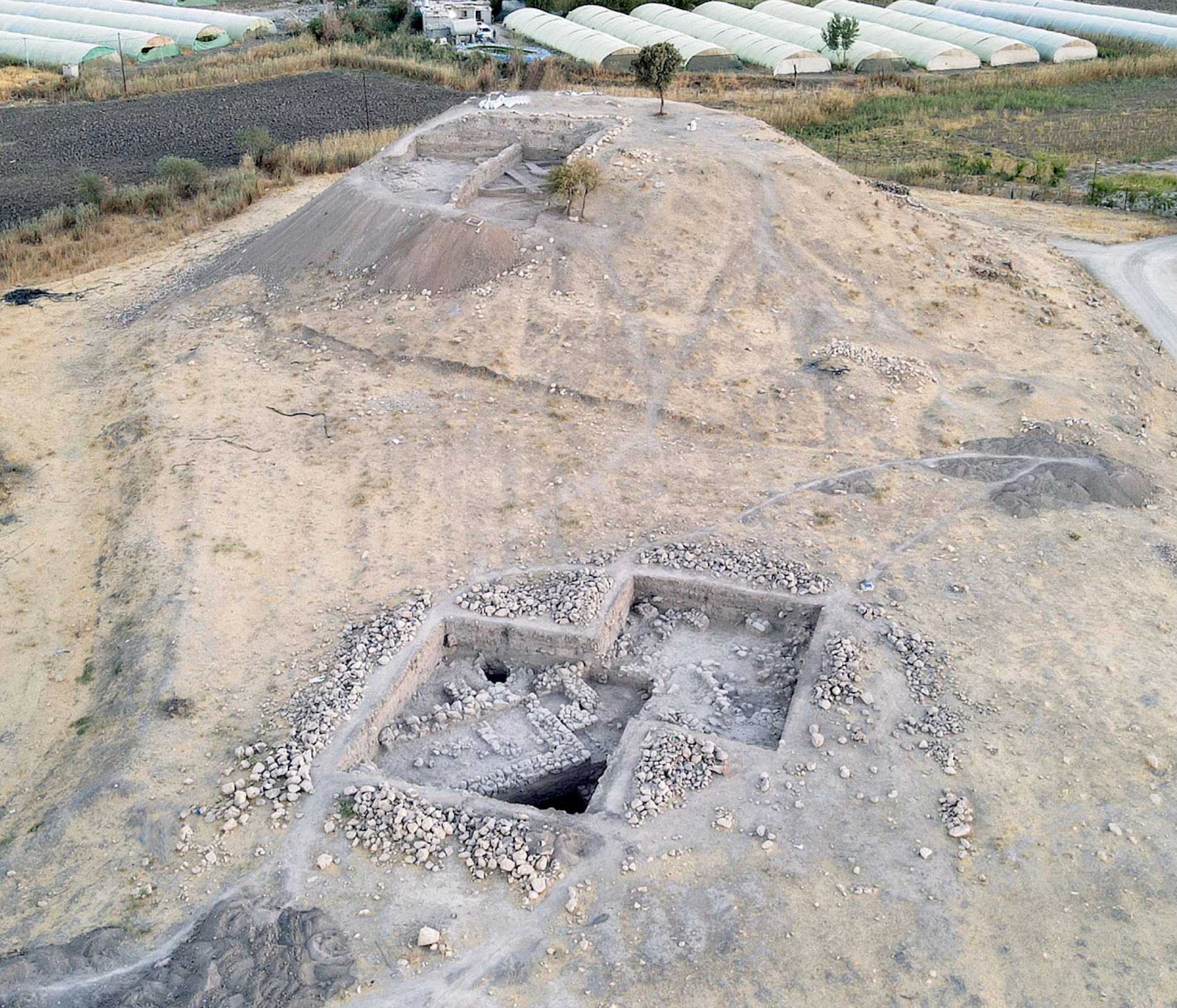River and ocean news, features and articles
Latest about Rivers & Oceans
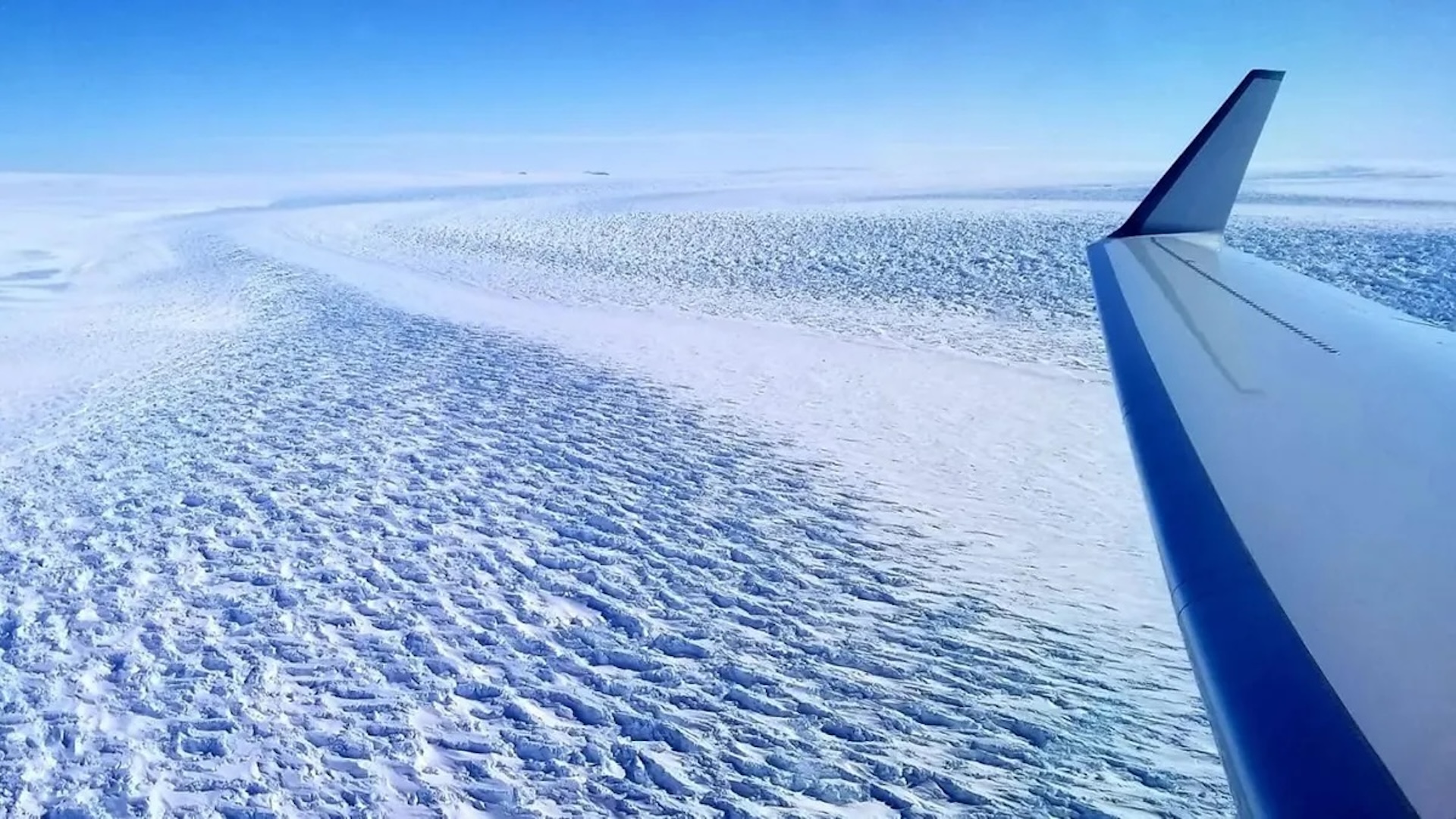
Ancient seafloor spreading 15 million years ago caused sea levels to plummet
By Sarah Stanley, Eos.org published
Between 15 million and 6 million years ago, a drop in ocean crust production may have lowered sea level by 26 to 32 meters.
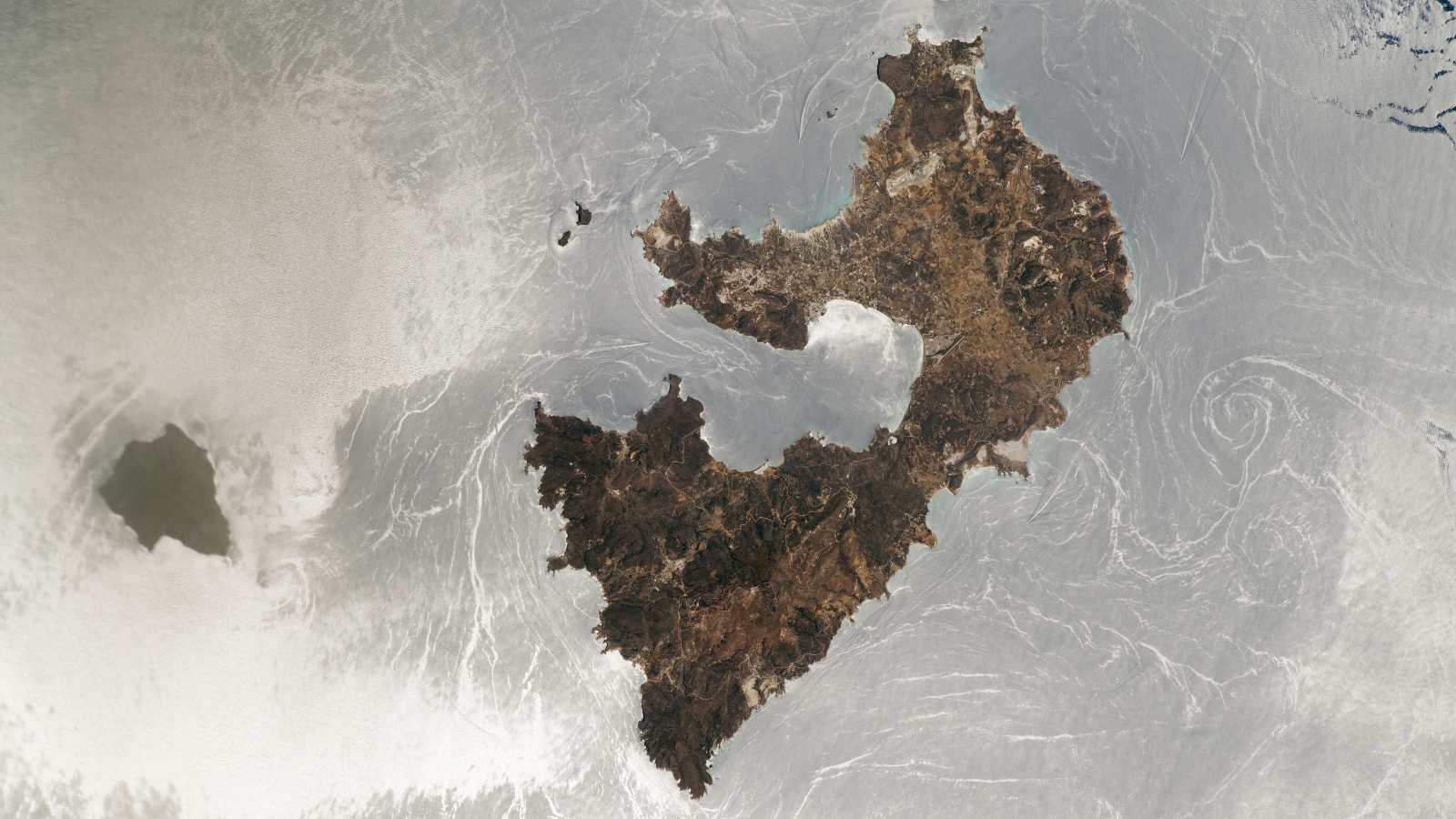
Rare 'sunglint' transforms the Mediterranean Sea into a swirling, silver mirror
By Harry Baker published
Earth from space This 2022 astronaut photo reveals a menagerie of hidden oceanographic features surrounding a pair of Greek islands, including giant spinning currents and rarely seen "internal waves."
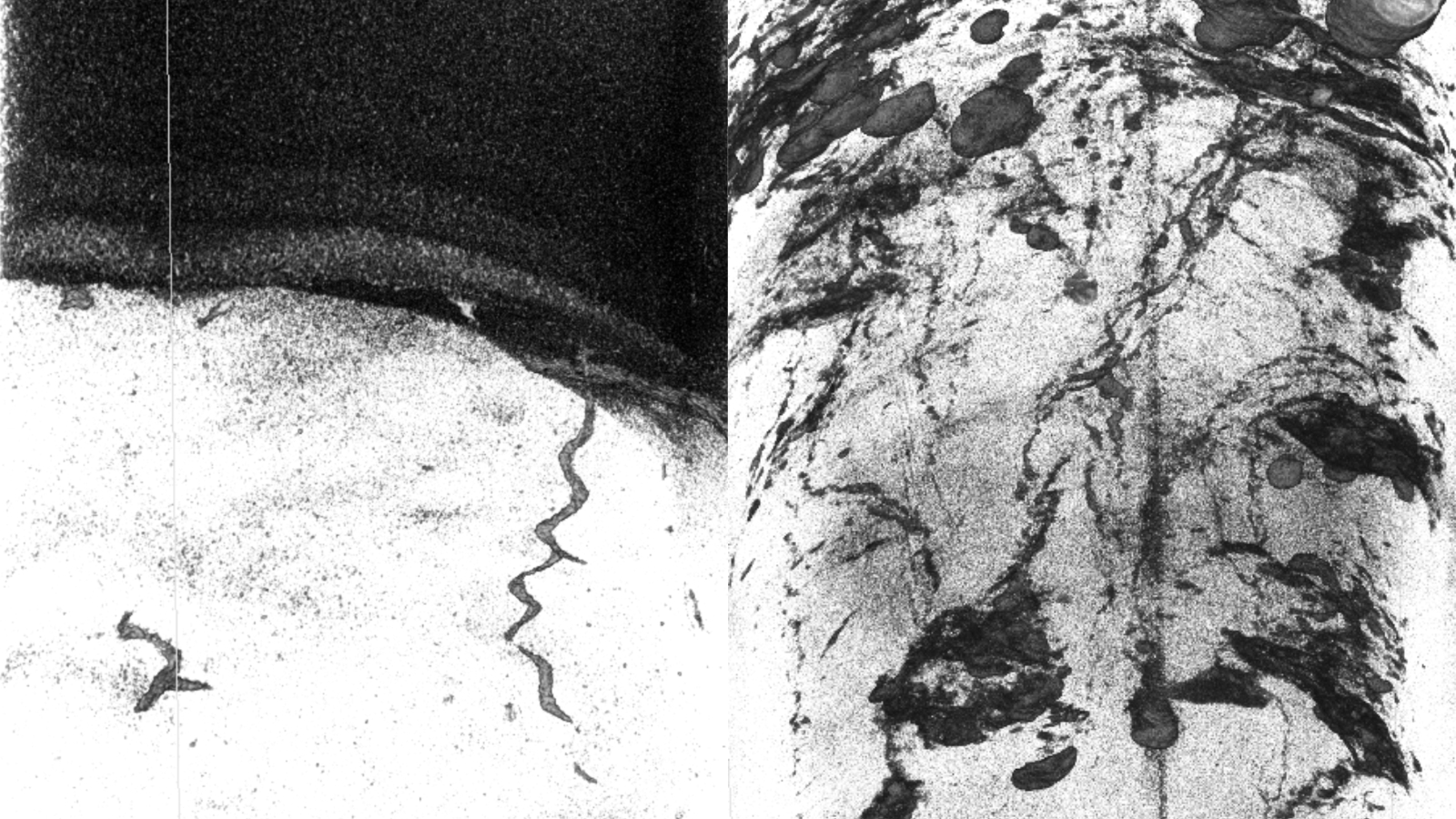
Strange corkscrew burrows and other unexpected structures discovered 4.7 miles deep in the Japan Trench
By Sascha Pare published
New scans of the bottom of the Japan Trench reveal extensive burrow structures and evidence of regular "reset" events that help sea creatures survive in the ocean's deepest reaches.
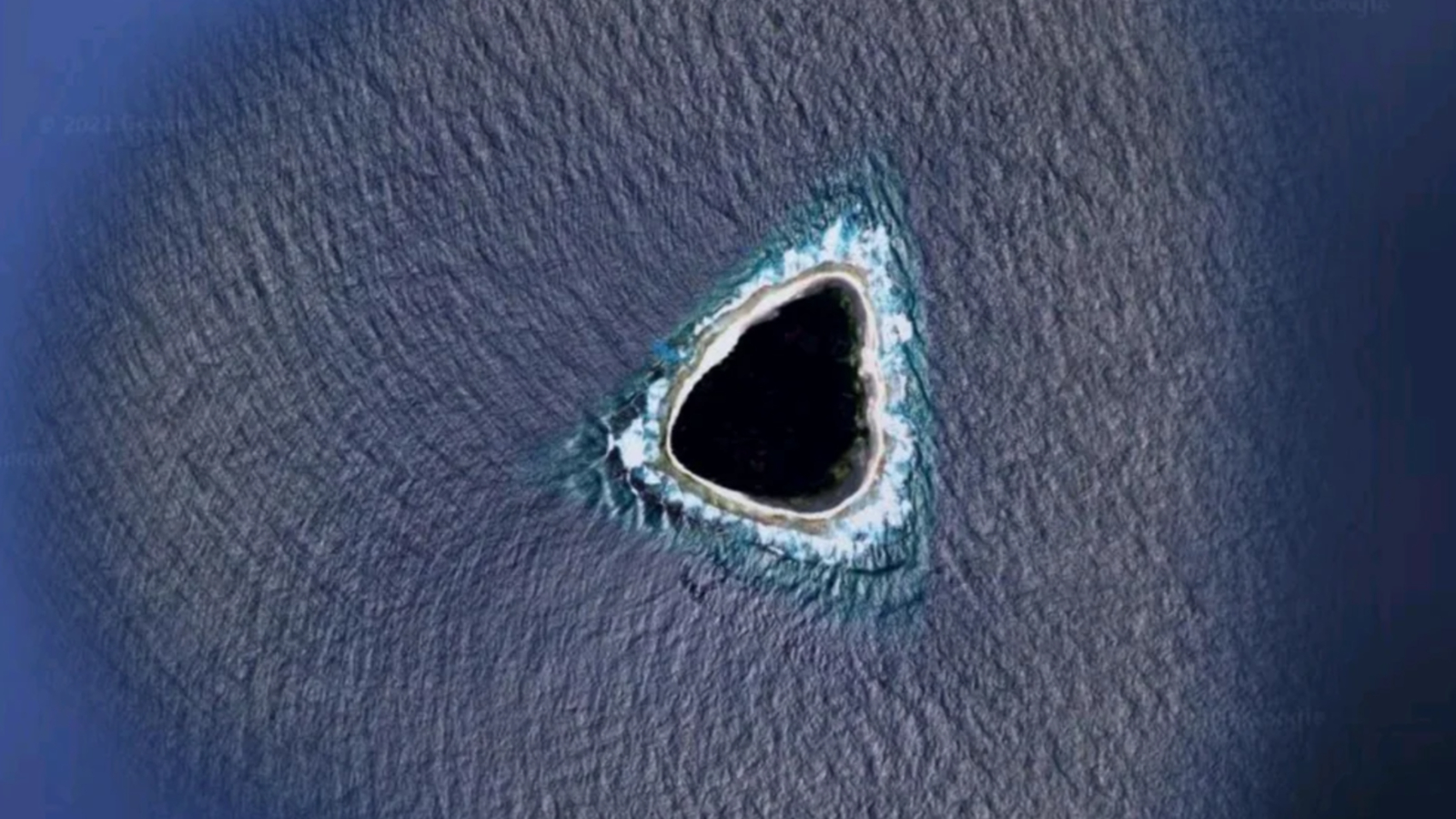
A mysterious 'black hole' in Pacific Ocean that sparked wild rumors online
By Harry Baker published
Earth from space This Google Maps image captured in 2021 revealed a mysterious, triangular dark patch in the middle of the Pacific Ocean, sparking bizarre rumors about its origin. However, it turned out to be a small island with incredibly dense tree coverage.
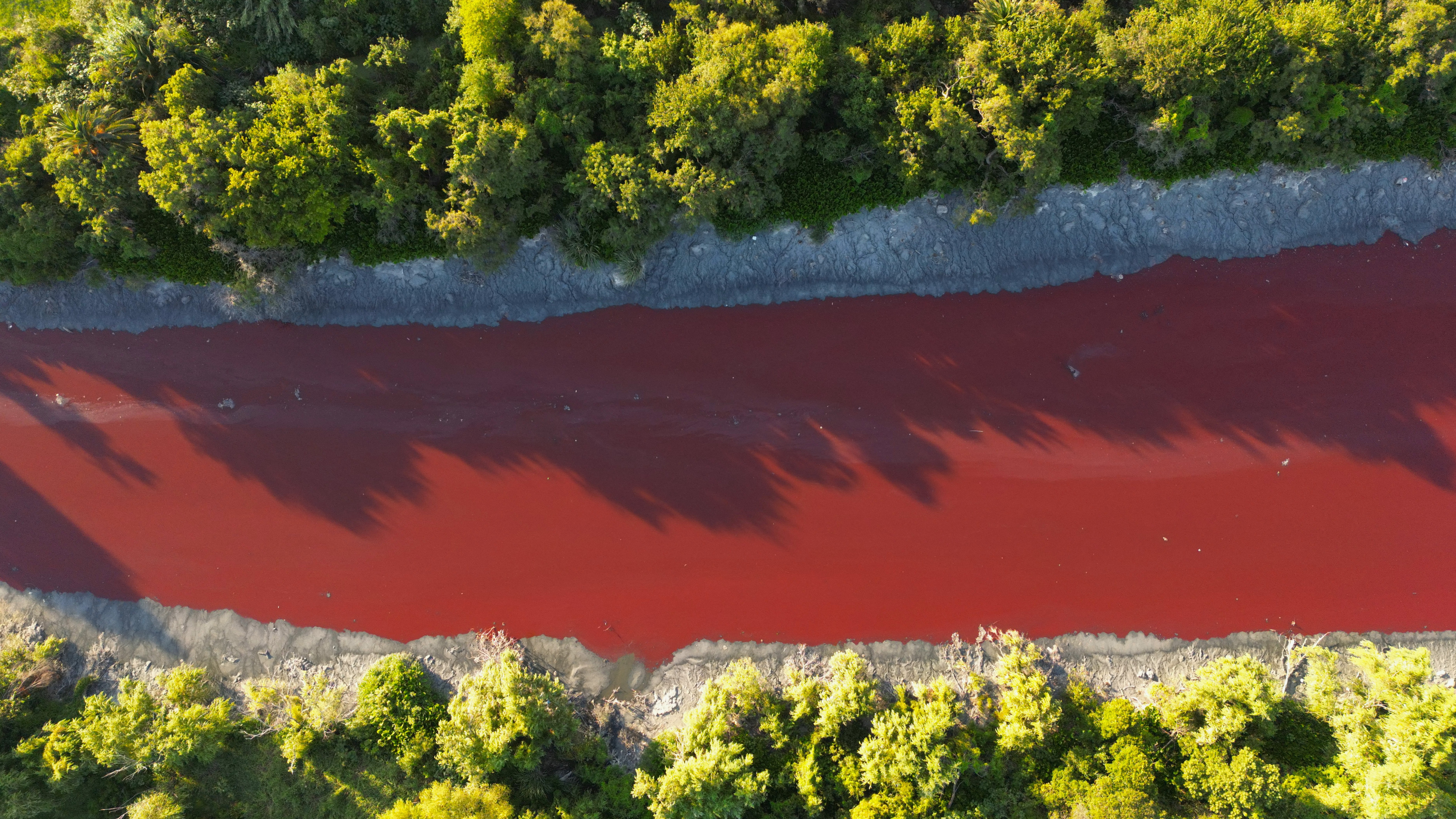
Canal turns into 'stream of blood' in Argentina as locals fear toxic leak
By Patrick Pester published
The Sarandí canal in Argentina turned blood red last week. Officials suspect a toxic substance used in dyes has entered the waterway, located on the outskirts of Buenos Aires.
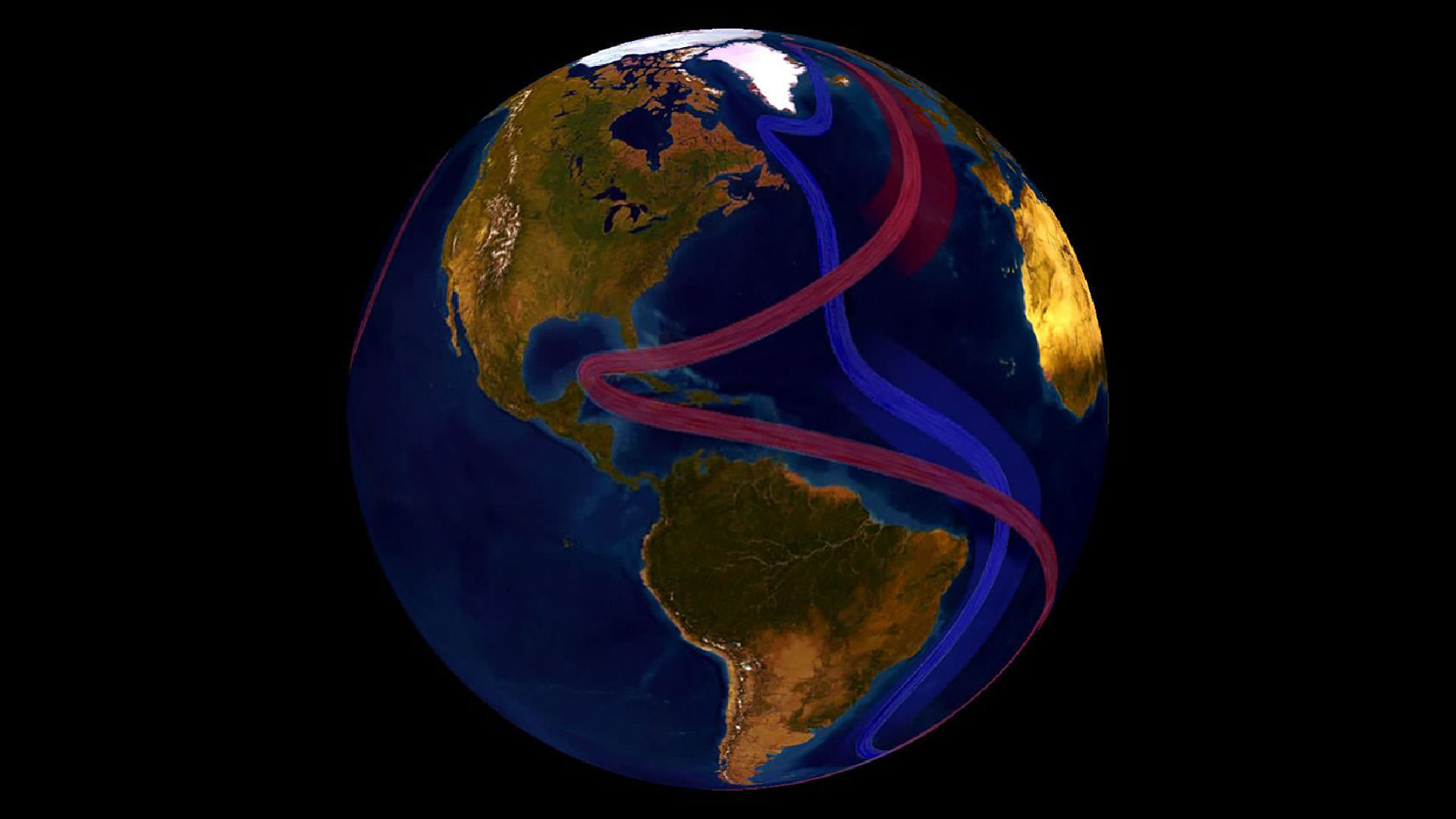
Are Atlantic Ocean currents weakening? A new study finds no, but other experts aren't so sure.
By Sascha Pare published
A new study suggests the Atlantic Meridional Overturning Circulation has not weakened since the 1960s — but there's no doubt the circulation will slow in the future, experts say.

Mariana Trench quiz: How deep is your knowledge?
By Christina Hughes published
How much do you know about one of the most mysterious places on Earth?

Magnetic signals from Earth's tides revealed in unprecedented detail
By Sascha Pare published
Scientists have captured faint magnetic signatures resulting from the tidal movement of seawater across the planet — and they might have to wait until 2030 to get another shot at it.
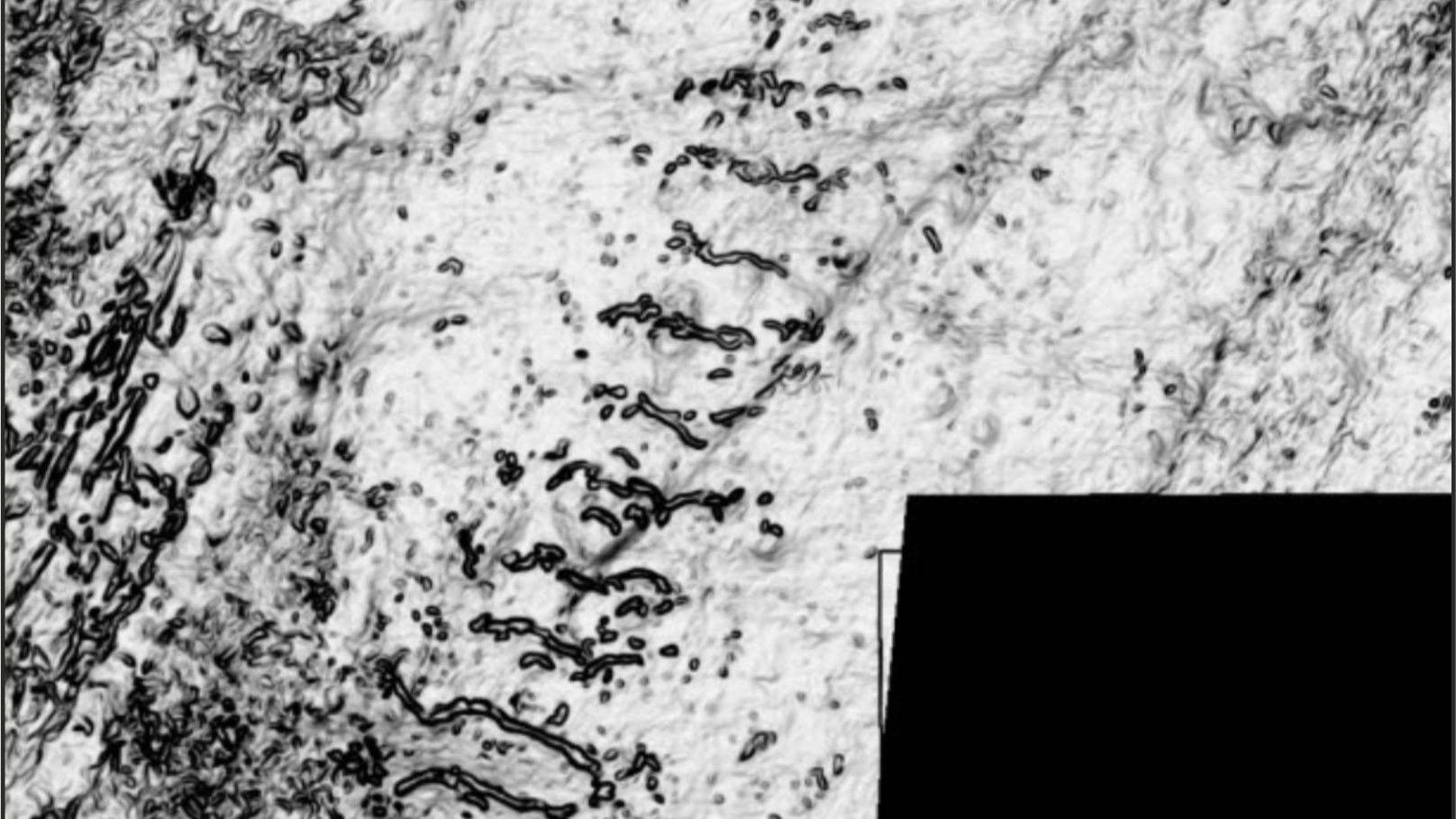
Giant ice age landforms discovered deep beneath North Sea revealed in amazing detail
By Sascha Pare published
New images from the North Sea show never-before-seen landforms that were carved by a single, colossal ice sheet 1 million years ago and subsequently buried beneath a thick layer of mud.
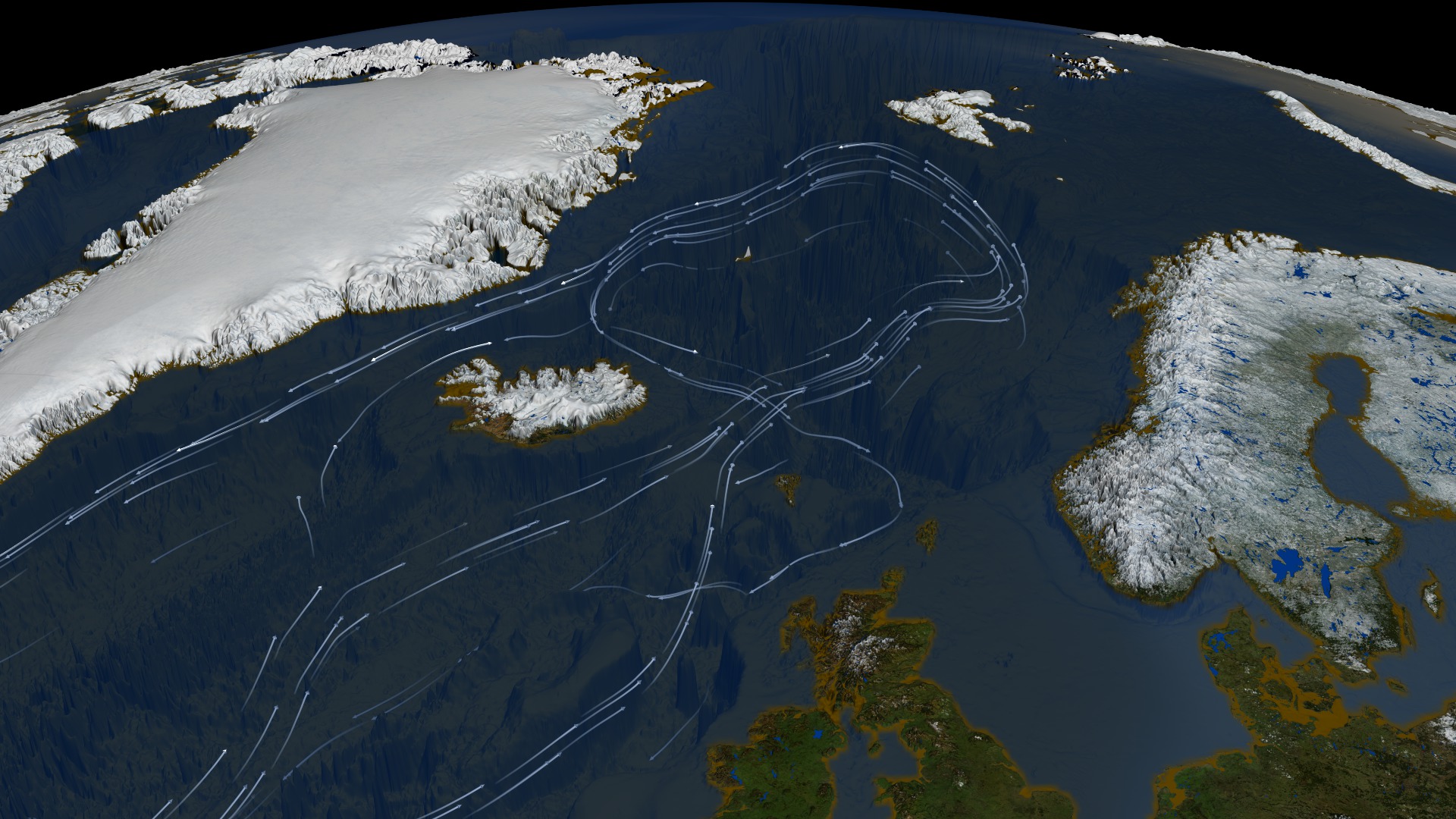
Denmark Strait cataract: The world's largest waterfall, hidden underwater and unlike any other on land
By Sascha Pare published
The Denmark Strait cataract is a sloping portion of the seafloor between Iceland and Greenland that funnels cold water from the Nordic Seas into the Irminger Sea, fueling Atlantic Ocean currents.
Get the world’s most fascinating discoveries delivered straight to your inbox.
